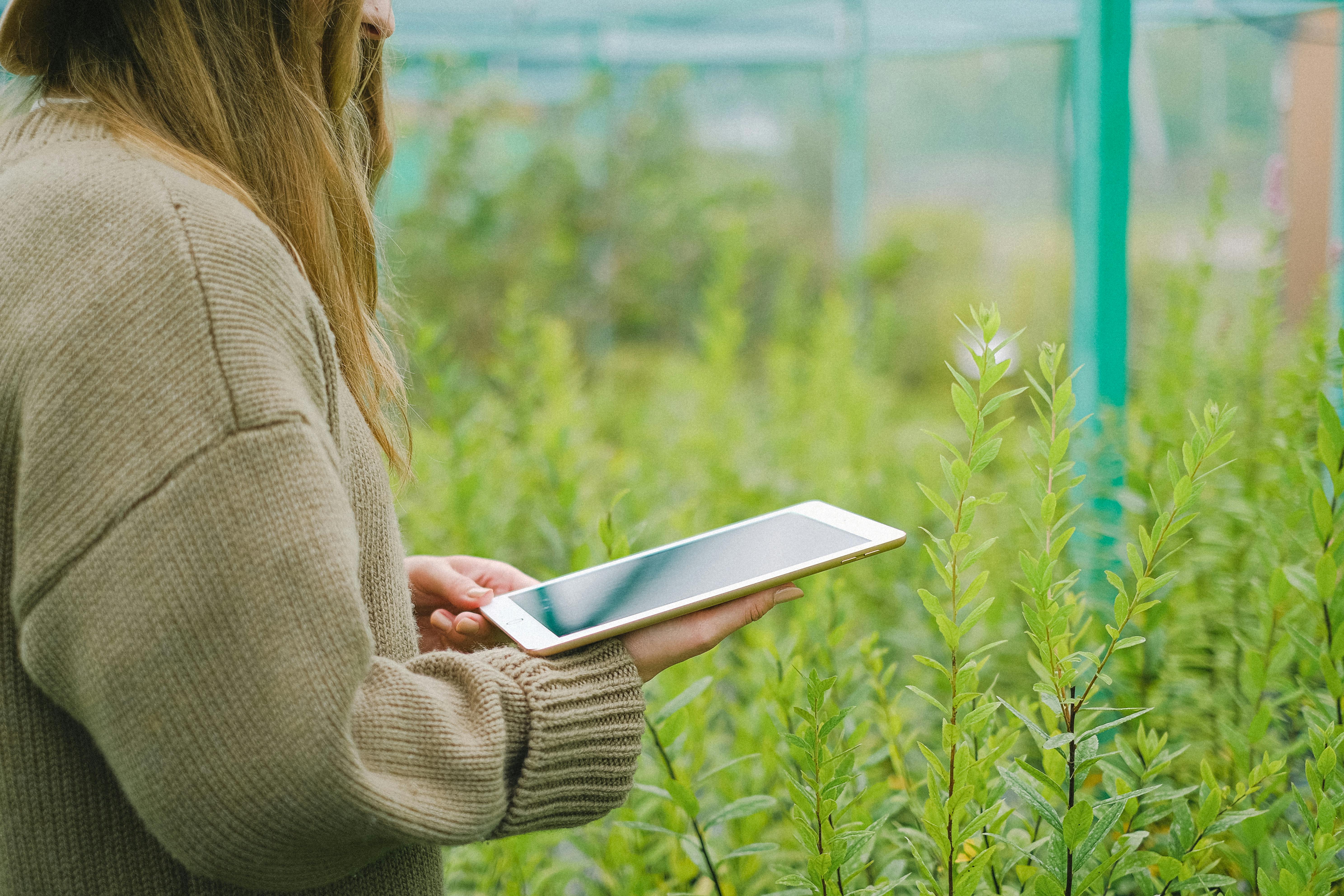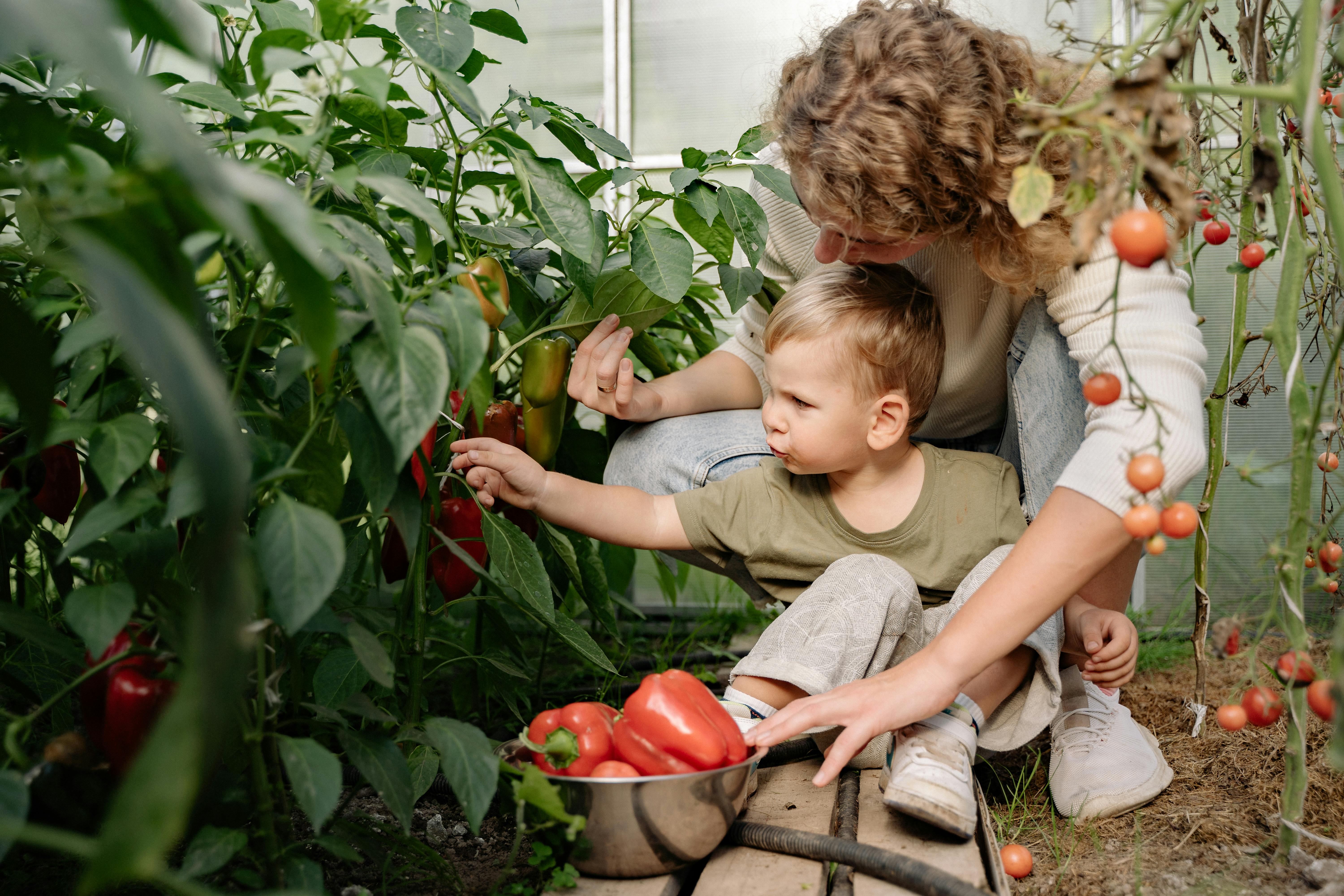How To Implement Digital Twin Technology in Belizean Crop Management
Funny thing is, the actual path to using digital twin tech isn’t as intimidating as those slick presentations make it seem. Most of us start small—prototyping on one field section or crop, learning from inevitable blunders, gradually scaling up. When teaching workshops in Cayo, I always say: “Start scrappy but intentional.” So here’s my evolving four-step process, tested in real Belizean conditions.
- Set the Foundation: Choose Target Crop, Plot & Objectives
Decide which crop (say, citrus or cacao) and field area to digitalize first. Map measurable goals: reduced chemical use, higher yield, or climate resilience? What strikes me is how much hinges on local microclimate—a citrus grower in Orange Walk deals with vastly different challenges than a cacao farmer in Toledo. - Install Sensors & Data Infrastructure
Deploy affordable IoT sensors for soil moisture, weather, and (where possible) remote drone imaging. Belize’s rugged terrain means solar-powered systems and mesh networks are best. If you’re not getting real-time sensor data, your “twin” is just a cartoon.
Begin with water and nutrient sensors—add advanced imaging as budgets allow. - Build the Digital Twin Model
Use agri-software that supports digital twin simulation (examples include Siemens’ MindSphere, GE Predix, or open-source options4). Input live and historical data to generate a virtual replica—crop rows, soil profiles, irrigation lines. At this step, rural internet quality is crucial. Actually, thinking about it differently, sometimes mobile data suffices if the tools are optimized for low bandwidth. - Monitor, Simulate, and Act
Now you’re in business: Run “what-if” scenarios (delayed planting, varying fertilizer), spot early warnings (pest, drought), and optimize time-sensitive interventions. The best results come from weekly analysis, frequent system calibration, and (honestly) a willingness to tweak and improvise. The more you trust your own judgment alongside digital analytics, the better your outcomes.
Pro Tip
Start with a pilot on a single crop and plot—refine your sensor mix and digital twin model before scaling up. Belize’s diversity means even neighboring farms have wildly different microclimates.
Tools & Technologies for Belizean Farms
| Technology | Typical Cost (USD) | Use Case | Local Suitability |
|---|---|---|---|
| Soil Moisture Sensors | $50 – $150 per unit | Monitor irrigation, root health | High (essential for all crops) |
| Weather Stations | $200 – $1,000+ | Track rainfall, temp, humidity | High (storm prediction, rainfall) |
| Drone Imaging | $500+ | Detect pests, stress, land use | Moderate (budget-dependent) |
| Agri-Cloud Platforms | $25/month+ | Data visualization, model building | Moderate (requires internet) |
Honestly, I wish there were more donor-supported grants for sensor adoption—most smallholder growers can’t afford even basic kits. That said, mobile-first solutions (like FarmOS, AgroSense) are gaining traction and can be scaled regionally5.
Case Study: Digital Twins in Belizean Cacao Farming
Three years ago, I helped structure a pilot with a cacao cooperative in southern Belize. The goal? Test whether live soil moisture monitoring and simulated irrigation schedules could boost yields and protect biodiversity. Here’s what happened.
- Used mobile-connected soil sensors (basic kits, under $100 each)
- Mapped digital “twins” for four field zones—tracking rainfall and pest pressure
- Ran weekly scenario simulations for fertilizer application and drought planning
- Collaborated with local extension officers for training and troubleshooting
Yield increased by 22% in year one. Inputs (fertilizer and water) dropped by 29%. Most strikingly, biodiversity scores—fewer pest spikes, more native pollinators—rose steadily. A local grower told me, “We stopped guessing and started planning. Now I sleep better before harvest.”
Lessons Learned from Pilot Programs
- Tech literacy is the biggest barrier—local training is essential
- Internet connectivity is unpredictable—mobile-first solutions help
- Community buy-in beats top-down mandates—peer-based learning accelerates adoption
- Incremental scaling—start small, refine, then expand
Challenge & Growth Moment
I used to think centralized cloud platforms were mandatory. Turns out, decentralized local servers often work better for spotty rural internet here. Adjust your tech assumptions based on real-world Belizean constraints.
Common Challenges & How Belizean Growers Are Solving Them
If you’re considering digital twin tech for your farm, here’s the thing—you will hit bumps. Let me get real about the three most persistent Belizean challenges and how local innovators are tackling them. I’m still learning myself; old assumptions don’t always fit new soils.
- Connectivity Issues
More or less, rural internet is patchy at best. While mobile data is improving, heavy rainstorms and electrical outages throw a wrench in real-time monitoring. However, Belizean farmers adapt:- Solar-powered sensor repeaters for uninterrupted data flow
- Offline-first software (updates sync when internet returns)
- Community-based Wi-Fi mesh networks (shared across multiple farms)
- Tech Literacy Gaps
Older farmers, especially, may find dashboards daunting. But peer-led workshops and smartphone training are narrowing the gap. In my last cacao session, we set up a “buddy system”—tech-savvy grower supports a neighbor until they’re comfortable. - Cost and Funding Constraints
Sensor equipment and software subscriptions aren’t cheap. Local workaround? Shared sensor pools (multiple growers investing together), donor grants, and government-backed pilot programs. Actually, the more I consider this, regionally coordinated buying power is massively untapped.
Looking Ahead: Future-Proofing Belize Crop Management With Digital Twins
Where do we even start future-proofing? For me, it’s about blending resilience and agility. Climate change, export pressure, and local biodiversity protection demand digital twin strategies that can evolve rapidly. Here’s my current thinking on emerging approaches:
- Integration with satellite imaging for macro weather prediction
- AI-driven pest and disease forecasting models adapted to Belizean conditions
- Dynamic yield mapping for eco-certification, export compliance, and market negotiations
- Community-based data cooperatives for regional resource optimization
Quick Belize Fact: Since 2016, Belize’s Ministry of Agriculture has prioritized digital transformation, launching “Smart Farms Belize”—a program supporting sensor adoption, climate-ready crop modeling, and peer education across four districts6.
Building a Human-Centric, Adaptable Digital Twin Roadmap
From my perspective, the ultimate success isn’t just measured in yield or export volume—it’s the confidence and autonomy local growers gain. When digital twins respect Belizean culture, language, and local resource limitations, community buy-in follows.
- Continued Local Training—Ongoing workshops, farmer-to-farmer mentorship, and translation of software dashboards into Kriol and Spanish.
- Government & NGO Partnership—Scaling donor-backed pilot programs and connecting with international agri-tech funding.
- Eco-Benefit Tracking—Real-time biodiversity, soil health, and carbon footprint monitoring for certification and export leverage.
- Flexible Tech Infrastructure—Favor modular, scalable platforms that can adapt to new crops, changing climate, and shifting regulatory demands.
Action Prompt
Pause and think: What will your farm look like in 2027? What’s the biggest digital twin challenge you hope to solve? Challenge yourself—start a conversation with your local ag extension officer to plot your first pilot.

Final Thoughts: The New Belizean Crop Management Playbook
In the end, adopting digital twin technology for sustainable crop management in Belize isn’t just about importing foreign solutions. Actually, on second thought, it’s about inventing something uniquely Belizean—with equal parts technological savvy and local tradition. Over the past few cycles, I’ve watched digital twins transform field planning, resource management, and even the culture of neighborly advice. Farms become living laboratories, each harvest better informed, each season deeper rooted in data and heritage.
Call to Action
Don’t wait until the next storm or pest outbreak. Map your next crop management pilot, connect with local tech advisors, and bring your farm’s digital twin to life. This isn’t about perfect systems—it’s about better outcomes, smarter decisions, and thriving local communities.
Quick-Reference Implementation Checklist
- Define local goals: yield, resource reduction, eco-certification, climate adaptation
- Install basic sensors—soil moisture and weather first
- Choose accessible software platform (mobile-friendly, offline-capable preferred)
- Build and refine your farm’s digital twin model
- Scale up with community support and shared learning
- Monitor and adapt as conditions change and new tech emerges
Interactive Suggestion
Want more depth? Download local pilot case studies, take part in workshops, or connect on social media for ongoing digital twin discussions. Let’s build a network of data-driven, resilient Belizean farms—together.



